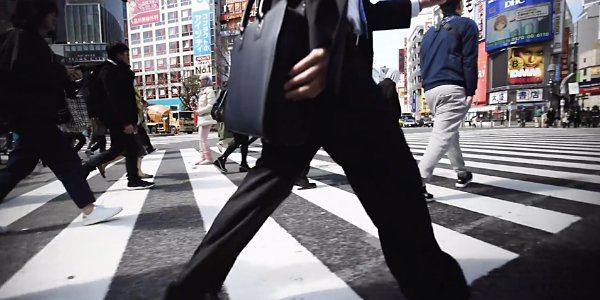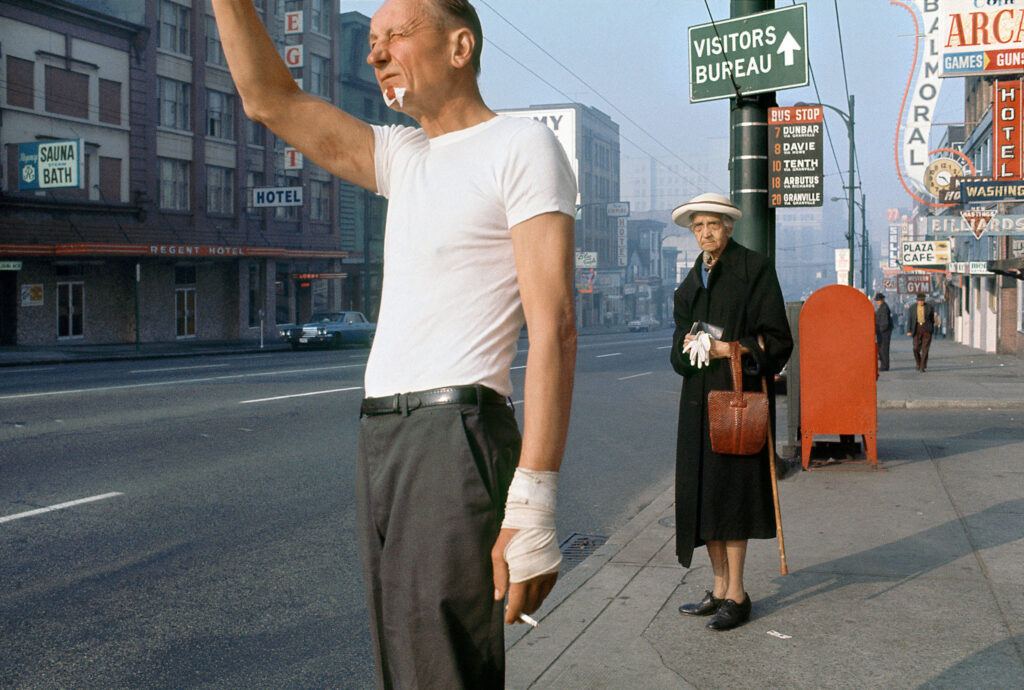Rumored Buzz on Street Photographers
Everything about Street Photographers
Table of ContentsGetting My Street Photographers To WorkSome Known Factual Statements About Street Photographers Street Photographers Fundamentals ExplainedSome Known Factual Statements About Street Photographers Street Photographers for Beginners
Road photographers do not always have a social objective in mind, but they prefer to isolate and record moments which may or else go unnoticed.Though he was affected by a lot of those that affected the street digital photographers of the 1950s and '60s, he was not mainly thinking about catching the spirit of the street. The impulse to visually document individuals in public started with 19th-century painters such as Edgar Degas, douard Manet, and Henri de Toulouse-Lautrec, that functioned side by side with photographers attempting to catch the significance of urban life.
As a result of the somewhat primitive innovation available to him and the long exposure time needed, he battled to capture the hustle and bustle of the Paris streets. He try out a series of photographic techniques, attempting to locate one that would certainly permit him to record activity without a blur, and he found some success with the calotype, patented in 1841 by William Henry Fox Talbot. While the digital photographers' subject was essentially the same, the outcomes were considerably different, showing the influence of the digital photographer's intent on the personality of the images he generated.
The 10-Second Trick For Street Photographers
Provided the fine top quality of his pictures and the breadth of material, engineers and artists typically acquired Atget's prints to use as recommendation for their very own job, though industrial passions were barely his main inspiration. Instead, he was driven to photo every last residue of the Paris he loved. The mingled interest and seriousness of his goal shine through, causing photographs that tell his very own experience of the city, qualities that prepared for street photography of the 20th century.

Unlike his peers, Brassa utilized a larger-format Voigtlnder camera with a longer direct exposure time, forcing him to be a lot more calculated and thoughtful in his practice than he might have been if making use of a Leica. (It is thought that he may not have had the ability to afford site web a Leica during that time, however he did, however, make use of one in the late 1950s to take colour photographs.) Brassa's photos of the Paris abyss lit up by artificial light were a revelation, and the collection of the series that he published, (1933 ), was a major success.

Not known Details About Street Photographers
It is due to this basic understanding of the art of photo taking that he is usually attributed with uncovering the medium throughout once again roughly a century because its creation. He took photos for greater than a half century and affected generations of professional photographers to trust their eye and instinct in the minute.
These are the inquiries I shall try to address: And afterwards I'll leave you with my own meaning of road photography. Yes, we do. Let's begin with defining what an interpretation is: According to it is: "The act of specifying, or of making something definite, distinct, or clear".
No, most definitely not. The term is both limiting and misleading. Seems like a street digital photography need to be pictures of a streets ideal?! And all road photographers, except for a small number of outright novices, will completely appreciate that a street is not the key part to street photography, and in fact if it's a photo of a street with maybe a few boring individuals doing nothing of rate of interest, that's not street photography that's a photo of a road.
The Ultimate Guide To Street Photographers
He makes a valid factor do not you believe? However, while I concur with him I'm unsure "honest public digital photography" will capture on (although I do kind of like the term "candid photography") due to the fact that "street digital photography" has been around for a lengthy time, with numerous masters' names affixed to it, so I believe the term is right great post to read here to stay.
Inside?! I hear you shout as you shake your hand to the sky. Why not? You can shoot at the coastline, at an event, in an alley, in a park, in a piazza, in a cafe, at a gallery or art gallery, in a metro station, at an occasion, on a bridge, under a bridge ...
Yes, I hesitate we have no choice! Without rules we can not have a meaning, useful site and without an interpretation we do not have a genre, and without a style we do not have anything to define what we do, therefore we are stuck in a "rules meaning category" loophole! And no-one wishes to get embeded a loop. - Street Photographers